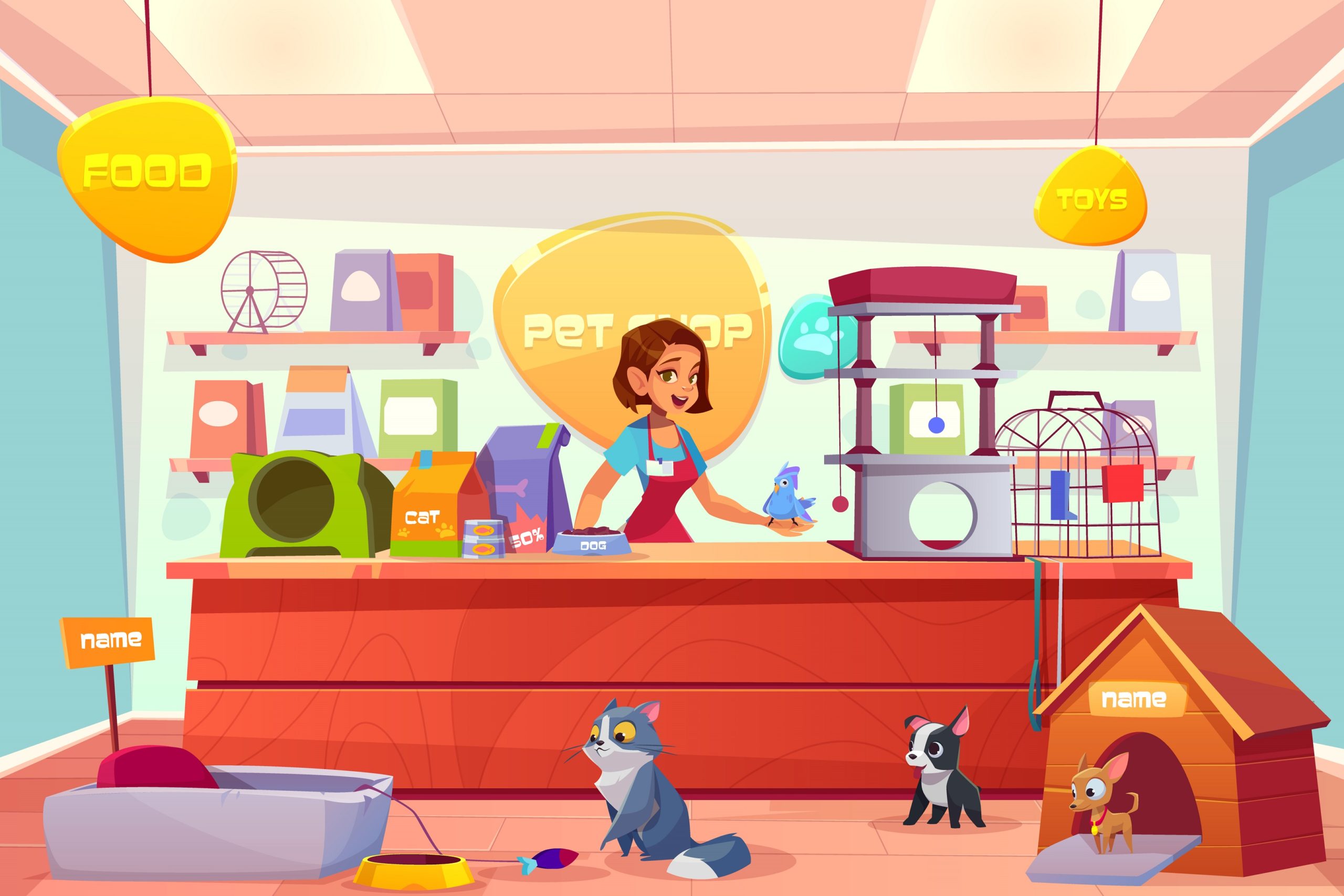Environmental Impact: Consumers Value Sustainability in Pet Products
Glenn Polyn //October 1, 2022//
The environmental impact mankind has left upon our planet cannot be denied. From continued climate changes, to increases in severe and disaster-level weather, to ongoing air quality problems, it’s not an exaggeration to say that the fate of life on earth lies within our hands. And, while struggles continue at the national and international level in terms of how to best address these issues, industries on the whole have an obligation to find ways to continue serving our customers while becoming better stewards of the natural world.
In a word, these efforts are collectively referred to as “sustainability” — a trend in production, packaging and more which has been steadily on the rise since the 1990s. While many companies still struggle with what sustainability might look like within their practices, more and more customers continue to actively seek out products with sustainably sourced ingredients, materials and packaging. A recent FINN CADY research study noted that this is especially true with Millennial and Gen Z pet owners, approximately 70 percent of whom view sustainability as a major factor when deciding which products to buy for their pets.
One of the easiest arenas to implement sustainable pet products in your store comes in terms of packaging. Consider deliberately stocking pet foods that utilize low-waste containers or feature containers that utilize post-consumer materials or are easily recyclable. More and more bags from pet food purveyors are made of renewable materials, providing an easy way to minimize environmental impact made from an item your customers buy regularly. Several larger chains have even begun offering programs where customers can purchase cat litter — a deliberately-disposable necessity — using their own containers, charging only for the litter itself. Other similar items, such as shavings for small rodents, could be sold in the same manner. Doing so results in hundreds of tons of waste from product packaging never entering the ecosystem, a significant gain for sustainability efforts.
However, sustainability in food is not limited to packaging. While the question of how companies should address food production is still in flux, making an effort to provide consumers with options to make their own decisions always reflects well within your customer base. When considering sustainability as a sales factor, consider looking for products that focus on the use of all-natural or organic foods, especially those that utilize as much of an initial feed animal as possible. The Pet Sustainability Coalition (PSC) gathers all manner of information on sustainably sourced pet food production, with their members comprising some of the biggest names in pet food. The organization’s website is an absolute repository of information on how to address pet industry sustainability at the food level.
Beyond food, though, sustainability extends into so many other aspects of the pet retail industry. Multi-use items, such as bowls, bedding, and more, can be crafted from recycled or recyclable sources, allowing pet owners to actively seek out products that have a minimal impact on the environment. Much of the sustainability of these items comes from organic, renewable sources that can be easily recycled or composted, such as hemp, bark, or cotton. When more durable materials are needed, suppliers increasingly look to recycled/recyclable plastics, especially for items like carriers, crates, food and water bowls and litter boxes. While these items typically have a longer usage-life, pet owners increasingly look to these sorts of items when considering not only the best options for their pet, but also the best option for the planet. In fact, certain companies have even started offering animal bedding options made from recycled plastics. While these may not be suitable for all animals–particularly those that have a tendency to chew on or eat their bedding — many animals can easily benefit from a sustainably sourced form of bedding.
Of course, merely stocking these items is not enough to make them a notable addition to your store. If you expect to both reap the profits doing your part for the environment, both your staff and your customers must become keenly aware of exactly what sustainability means and looks like within your walls. Consider utilizing environmentally-based holidays — Earth Day, Arbor Day and the like — as naturally-occuring times of year to focus on bringing sustainable products to the fore. Ensure that your staff can articulate exactly what makes a product sustainable. Is it made of recycled or renewable materials, can it be recycled, or both? The better-educated your staff is, the better they can then transmit that knowledge to your customers.
We have an obligation and duty to provide the best possible lives for our animals. And while it’s easy to think of that obligation as beginning and ending with a single pet, that simply isn’t the case. Our obligation and duty extends to maintaining the whole world, ensuring that we continue to have a happy, healthy place for all in which to live.
John Mack is the founder and CEO of Reptiles by Mack. He is also the chair of the Pet Advocacy Network board of directors and is on the Pet Advocacy Network’s Zoonosis Committee. His Ohio-based company is widely recognized as one of the largest reptile breeders and suppliers in the U.S.A. today.



















